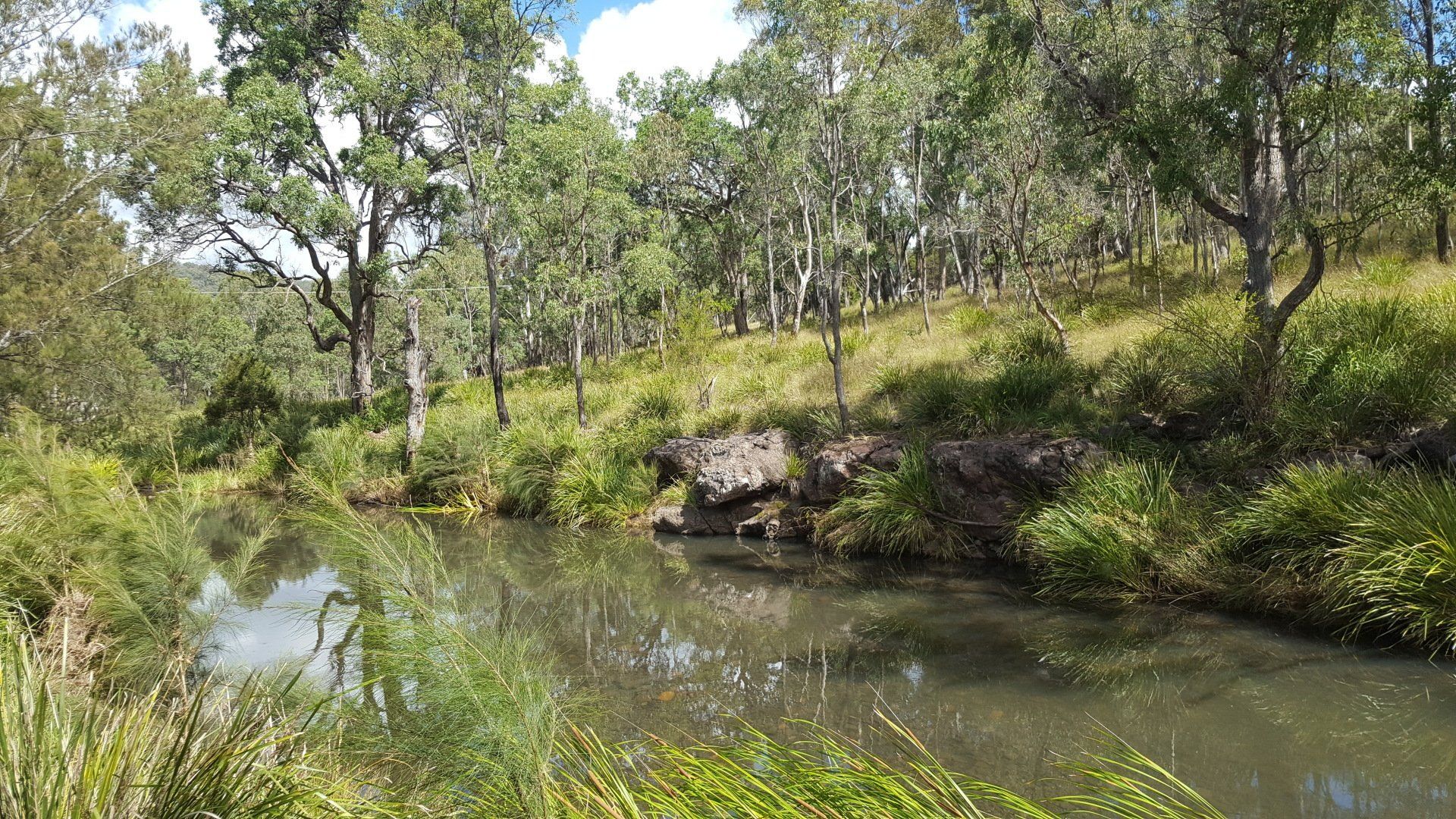1. What is Natural Capital?
Natural capital refers to the natural resources and ecosystems, like soils, native vegetation, water, and biodiversity, that underpin productive farming and provide essential services such as clean water, healthy soils and carbon storage. For Queensland landholders, this means your land’s value now includes the environmental benefits it delivers, not just crops or livestock.
While the term Natural Capital has risen to prominence with government, industry and the public in recent years, the sustainable use of our natural capital, its maintenance and improvement have been fundamental to regional NRM organisations since inception. Identifying and assessing our natural assets are foundational to the development of our regional NRM strategies and plans which guide our operations and provide us with the knowledge and expertise to play a key role in Australia’s efforts to manage and enhance our Natural Capital.
2. Why Does Natural Capital Matter in Agriculture?
Australian agriculture is experiencing a shift where nature and production are seen as interconnected assets. This approach is being driven by both market demand and new government policies, with natural capital now influencing land values, investments, and farm business resilience.
3. How Can Farmers Monetise Natural Capital?
Natural capital markets allow landholders to earn income by improving or protecting their land’s natural assets. The most common ways to participate include:
Carbon Credits: Under the Australian Carbon Credit Unit (ACCU) Scheme, farmers can generate credits by adopting practices like reforestation, soil carbon improvement, or avoided clearing. These credits are regulated by the Clean Energy Regulator (CER) and can be sold to the government or private buyers.
Biodiversity Certificates: The new federal Nature Repair Market, established by the Nature Repair Act 2023, allows farmers to earn tradable biodiversity certificates for projects that restore or protect native ecosystems. The CER also administers this market, ensuring robust oversight and scientific credibility.
Land Restoration Fund (LRF): Queensland’s LRF builds on the federal framework, offering extra incentives for projects that deliver both carbon abatement and environmental co-benefits, such as improved water quality or habitat restoration. The LRF works in tandem with the ACCU Scheme and prioritises projects that support regional sustainability.
More Information:
🔗 www.environment.nsw.gov.au/topics/natural-capital/explained
🔗 www.cer.gov.au/schemes/australian-carbon-credit-unit-scheme
🔗 www.qld.gov.au/environment/climate/climate-change/land-restoration-fund
🔗 www.nrmrq.org.au/queensland-nature-fund-natural-capital
🔗 www.legislation.gov.au/C2023A00121/latest/text











